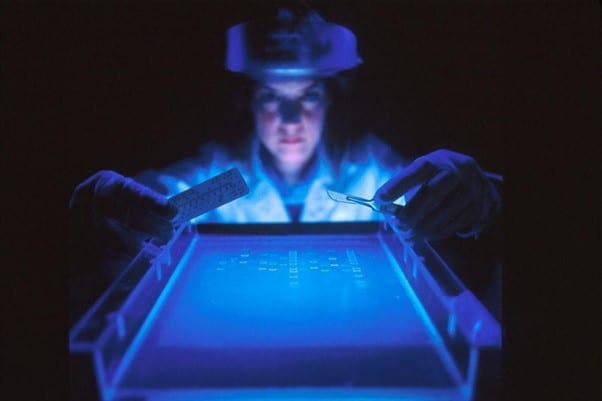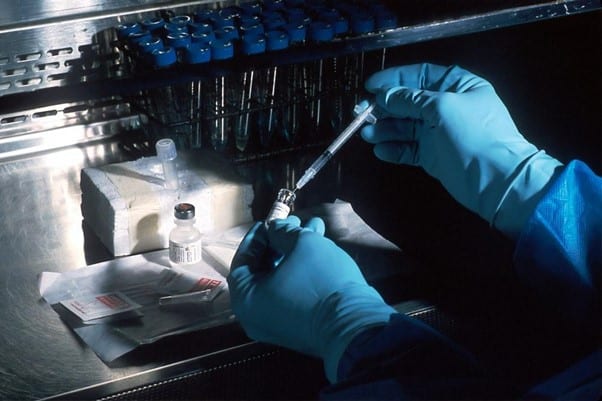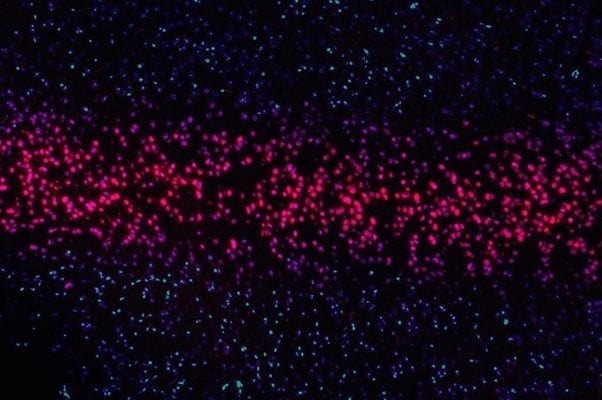When it comes to handling a complex process such as exploiting the degeneracy of the genetic code to enhance extraction of recombinant protein, targeted explicitly for further scientific, structural studies, it’s vital to have all the facts to ensure complete accuracy and precision. However, many facts are myths about this process, especially if you try to look for it on the web. Let’s see six facts that you should know in 2021.
1.Complete plasmids can be synthesized
https://unsplash.com/photos/tV-RX0beDp8
Regardless of their length, complete plasmids, as well as genes, can be synthesized. The gene synthesis process involves assembling overlapping DNA oligonucleotides into long fragments to form one synthetic gene.
You can create complete plasmids of any length by simply using a circularisation procedure to add more oligonucleotides, depending on the length of the synthetic gene you need.
2. It is not possible to optimize non-coding sequences

https://unsplash.com/photos/XknuBmnjbKg
DNA code is redundant by its nature. In other words, the code allows for adding multiple triplet codons to encode for the same amino acid. So, for example, you’ll need the AGG, AGA, CGG, CGA, CGC, and GCR codons if you need to encode arginine.
The problem arises because each species involves a different frequency of occurrence of these codons, rendering optimizing a gene for the same codon frequency expedient.
3. Codon optimization is just one of the advantages of gene synthesis
There are many more advantages to using gene synthesis other than codon optimization. If you want to examine a DNA sequence by gathering next-generation sequencing data, you can do it by simply ordering the RNA or DNA sequences.
The other advantage is that you can use it to reliably create full-length cDNA, which used to be rather expensive to do in the past. Nowadays, you can do it in less than two days. The synthesis process also allows you to avoid any risks or obstacles during subcloning into an expression vector.
4. A high codon adaptation index isn’t the best gene optimization tool

https://unsplash.com/photos/OgvqXGL7XO4
If you need to boost high protein expression, you’ll need a better gene optimization tool than a high codon adaptation index (CAI). GENEius tool that allows you to assemble the DNA sequence on random is far superior.
5. Subcloning into the vector doesn’t require insertion of restriction enzyme sites from the multiple cloning site (MSC)
Instead, you can choose one or more matching restriction enzymes that target the MCS for cutting the vector. Use PCR amplification to create sites for your gene insert that are homologous to your vector and can be used for subcloning.
6. You can perform downstream cloning with the standard vector containing restriction sites
Even if your vectors contain restriction sites, you can still perform downstream cloning without any problems due to the small size of the fragment resulting from the restriction enzyme digestion. Furthermore, since all restriction sites in the MCS won’t be visible, they will not affect the efficiency of restriction enzyme digestion.
Links:
https://www.ncbi.nlm.nih.gov/pmc/articles/PMC3874219/
https://www.nature.com/scitable/topicpage/nucleic-acids-to-amino-acids-dna-specifies-935/



